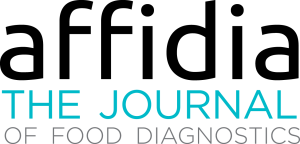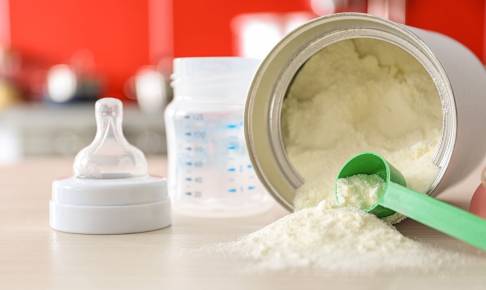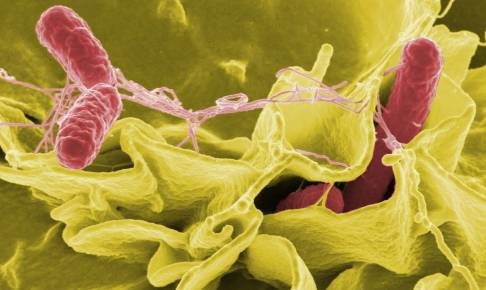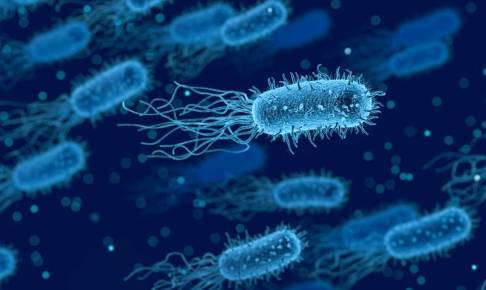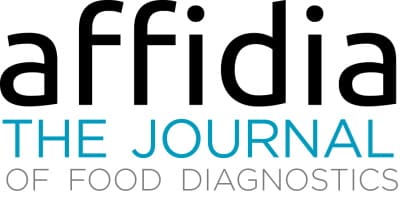SARS-CoV-2 Detection in the Food Industry: does it make sense?
Testing food manufacturing surfaces for SARS-CoV-2 has been widely promoted during the pandemic but is this approach effective for decreasing virus transmission of the virus?
Introduction
COVID-19 is not considered a foodborne illness and surface contamination is not likely a significant source of contamination. Yet, food industry players are encouraged (mostly by analytical companies and third-party laboratories) to test their surfaces for the presence of SARS-CoV-2, the virus that causes COVID-19 and that has led to the current pandemic. Does it make any sense to conduct this type of testing? What is the significance of detecting SARS-CoV-2 in a food-processing facility? What corrective and preventive actions should be considered in the event the virus is detected in such a facility?
In a recent statement, the International Commission on Microbial Specifications in Food (ICMSF) confirmed the previous position of the United States Food and Drug Administration (USFDA), the European Food Safety Authority (EFSA), the World Health Organisation (WHO), and many other players in the food surveillance system: COVID-19 is highly unlikely to be foodborne. Due to the political sensitivity of food security during this pandemic, the food industry is expected or even required to have contingency plans in place. Molecular testing kits established initially for clinical diagnosis are now proposed for testing surfaces in the food processing environment.
Testing solely because one has the capacity to do so rather than considering beforehand the consequences of a positive test result is a dangerous path to take. It can certainly lead to counterproductive consequences. It is therefore absolutely necessary when deciding whether to establish a SARS-CoV-2 surface-testing regime to understand what a negative or a positive result can imply, the consequences of either result, and the relevance of testing to monitor the control measures in place.
One should not seek to gather evidence about a hazard without first considering the significance of the potential findings. As detailed in the 2006 food safety risk analysis framework of the Food and Agriculture Organisation (FAO), risk-management decisions are based on prior risk assessments. Testing is a risk-management decision. Has a prior risk assessment been conducted?
COVID-19 is not a foodborne illness
This point has been highly debated from the very start of the pandemic, even before COVID-19 was named. After all, the initial reported cases came from a wet market in Wuhan, China, suggesting that food may have been the culprit. As with any emerging pathogen, little was known of the ecology of SARS-CoV-2 though the behaviour and characteristics of the virus can be predicted based on data from similar viruses such as those responsible for Severe Acute Respiratory Syndrome (SARS) and Middle East Respiratory Syndrome (MERS). Because the previous coronaviruses that caused SARS and MERS were not thought to be foodborne, it is a reasonable assumption that SARS-CoV-2 is not be foodborne either.
However, in the era of social media and self-appointed experts, everyone suddenly knows better than the experts in the field. The ICMSF (2020), one of the most recognised groups of food microbiology experts in the world, released an opinion in early September 2020 stating that the risk of COVID-19 transmission through food consumption is negligible (The
Download content now
